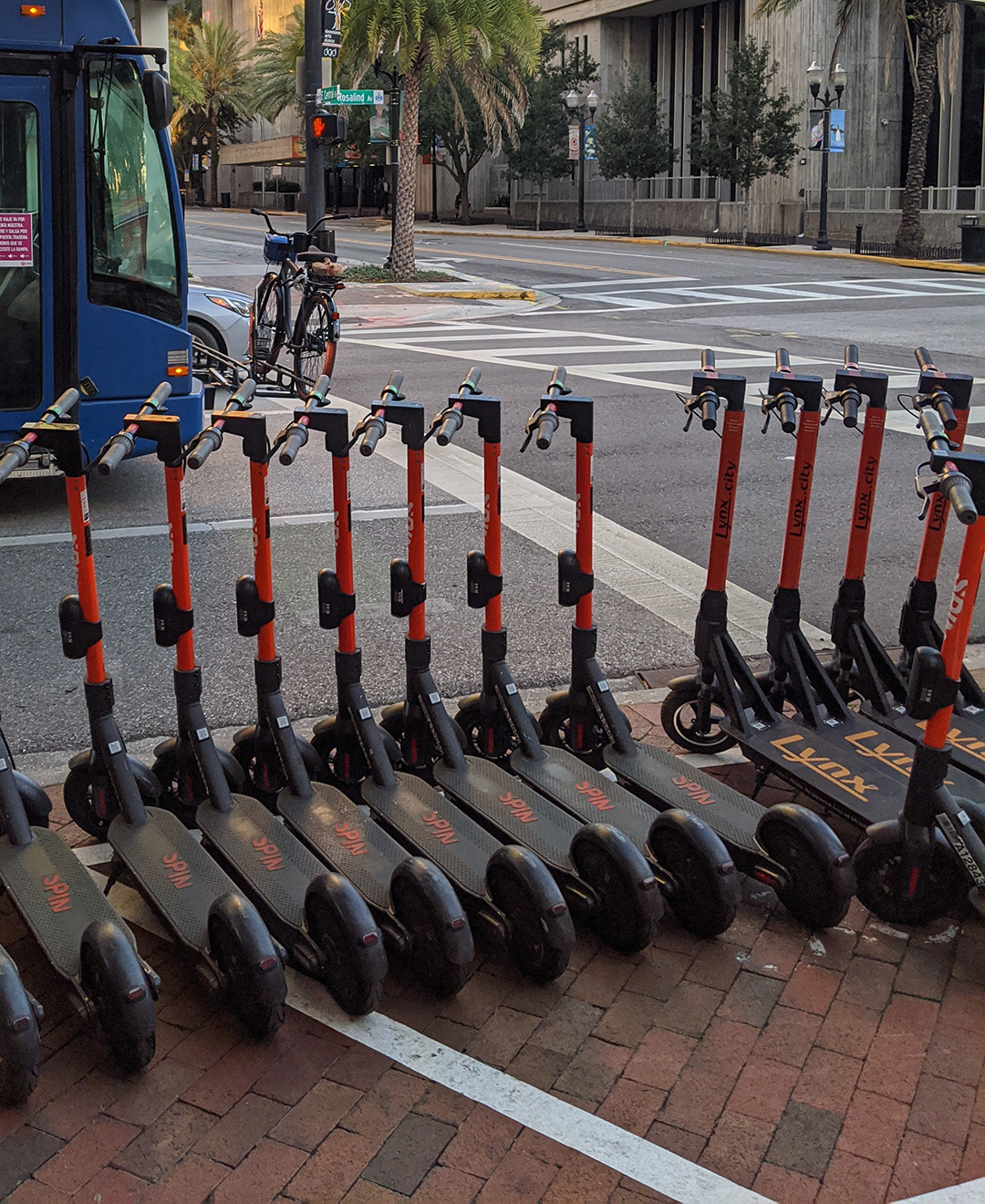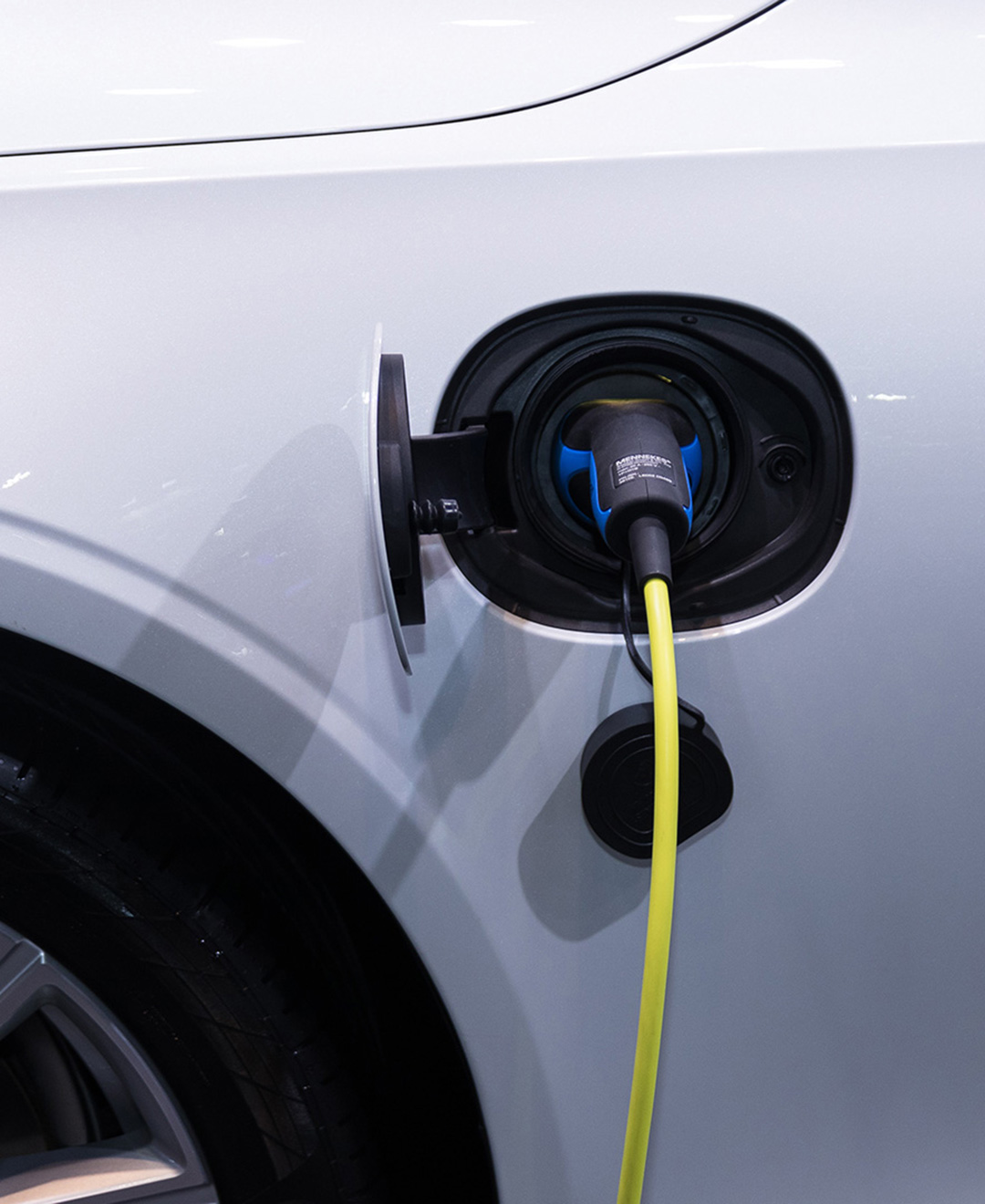January 14, 2021
Electrification in transportation. It’s been a charged topic in the industry for years, given that transportation is the largest contributor of US greenhouse gas emissions. As battery technology advances, making electric vehicles (EVs) and zero emission vehicles (ZEVs) more affordable, it’s nearing a tipping point where someday soon it may be more affordable to buy and maintain an EV than a vehicle powered by an internal combustion engine (ICE). And as our national policy evolves in 2021 and individual states pursue aggressive emissions reduction targets, the conversation is intensifying.
Yes, 2021 will be an electrifying year in transportation-for all these reasons and more! Read on for a breakdown of the biggest factors, and how our industry can equitably pursue these bold and important goals in 2021.
Six Factors Accelerating Electrification in Transportation in 2021
1. Climate Change
Between 1990 and 2018, greenhouse gas emissions increased in the transportation sector more than in any other sector. Since burning fossil fuels like gasoline and diesel releases carbon dioxide, a greenhouse gas, into the atmosphere, there is substantial need to move away from fossil fuels to power cars and transit. With an increase in extreme weather events and data showing that 2020 was the second-hottest year on record, a mere 0.02 degrees Fahrenheit behind the hottest year (2016), climate change is a front-and-center issue in 2021 and adding urgency to the conversation around ZEVs.
2. Consumer Preference
Just like Apple didn’t make the first MP3 player, Tesla didn’t make the first electric car. Tesla’s mastery of the user experience, however, has led to success that is driving other companies-and venture capitalist funds-to turn their focus to electric vehicles. And as new manufacturers are coming to the market, product availability is increasing. For example, marketed as an “adventure truck,” Rivian’s R1T is designed to reach a whole new set of consumers.
Consumers are also getting more comfortable with the idea of driving electric vehicles. “Range anxiety” is decreasing as more charging stations are implemented and EV range improves, with many newer models boasting ranges of more than 200 miles. Charging infrastructure and payment systems are becoming more standardized, improving the ease of charging.

As charging infrastructure and payment systems become more standardized, consumers are becoming more comfortable with driving electric vehicles.
3. Advancements in Technology
As battery technology continues to improve, it’s accelerating electrification, and not just because of better range and lower cost. We usually think of EVs as cars, but as battery technology becomes more affordable, so do other vehicles: e-bikes and e-scooters, electric trucks and heavy-duty fleets, and transformational technologies like drones and sidewalk robots. In turn, excitement in these technologies fuels the pursuit of electrification.
Electrification is also a key step in the journey toward automated vehicles. Automated technology integrates better with electric vehicles because it’s easier to control acceleration, braking, and steering with electric motors than with the traditional mechanical systems of internal combustion engine (ICE) vehicles. An eagerness to see automated vehicles penetrate the market is driving electrification forward with it, providing incentive for auto manufacturers to continue down this path.
4. Federal and State Zero Emissions Goals
As the US presidency turns over in January 2021, we expect the Biden administration will substantively support EV adoption incentives as indicated in Biden’s Clean Energy Plan. This plan proposes a $2 trillion investment including infrastructure investments, zero-emissions public transportation options, and a carbon pollution-free power sector by 2035.
At the state level, bold clean energy goals and incentives are driving progress. Here are some examples:
- California-which presently accounts for about half the nation’s EV sales, largely due to Tesla-has a goal of 5 million ZEVs on the roads by 2030 and 250,000 electric vehicle charging stations by 2025. A new goal will require all new passenger cars and trucks sold in the state to be EV or zero-emissions by 2035.
- In New York, Governor Cuomo’s goal is to have 10,000 EV charging stations by the end of 2021 and 850,000 zero emission vehicles by 2025. Through New York’s Make-Ready Program, the Public Service Commission authorized utilities to invest $701 million in electric vehicle charging infrastructure. The Make-Ready Program allocates $206 million toward “equitable access and benefits for lower-socio-economic and disadvantaged communities,” including up to 100% of the costs to make a site ready for EV charging.
- The Colorado EV Plan 2020 has numerous objectives, including converting at least 1,000 of the state’s transit vehicles to ZEV by 2030, and 100% ZEV no later than 2050; and increasing adoption of light duty vehicle EVs to 940,000 by 2030.
- Oregon has a goal of 90% of all vehicle sales being ZEVs by 2035. Kittelson is currently working with the Oregon Department of Transportation (ODOT) on a Transportation Electrification Infrastructure Needs Assessment (TEINA) to identify policies and actions that the state might take to ensure that the infrastructure within Oregon is sufficient to achieve this goal.
5. Batteries Powering Multiple Mobility Solutions
Advances in battery technology are not only affecting the auto market, but multiple other modes as well. Electric bike sales skyrocketed in 2020 as an alternative to driving while maintaining social distance. Lighter, more powerful batteries are making it possible to support new forms of aerial mobility, which are now being incorporated into FAA’s Concept of Operations for Urban Aerial Mobility. As companies such as Amazon, Uber, and Lyft diversify their portfolio with electric bikes, electric scooters, electric delivery vehicles, and aerial drones, they drive demands for further innovations in longer range, faster charging battery technologies.

Advancements in battery technology are being accelerated by electric bikes, electric scooters, electric delivery vehicles, and aerial drones.

Utilities are also looking at changing rate design, which has traditionally been a significant barrier to EV adoption (particularly for commercial fleets).
6. Utilities and Rate Designs
Electric vehicles are a tremendous opportunity for utilities. Electric utilities are not only powering the shift toward electrification, they’re pushing for it in terms of infrastructure. Utilities are also looking at changing rate design, which has traditionally been a significant barrier to EV adoption (particularly for commercial fleets) as surcharges on electricity during high demand times can make it economically prohibitive. Now, utilities are looking at changing rate designs to allow for more affordable electric vehicle charging.
An Equitable Pursuit of Clean Transportation in 2021
As states continue to outline and pursue bold emissions reduction goals, it is essential to center equity early in program development. Inequities in transportation electrification go beyond the price point of ZEVs (although steps can, and should, be taken to reduce barriers to owning ZEVs). Communities of color have historically borne the brunt of air pollution and should be prioritized in clean transportation strategies.
A major equity challenge that has been identified across the board with electrification is access to charging infrastructure. Many people, particularly in low-income communities, do not have a garage in which to charge an electric vehicle or convenient access to a charging station. As states invest in infrastructure, charging stations need to be placed on roads for apartment/multi-family housing. Charging infrastructure is needed not only in places people work, but where they live. Once installed, the equipment should be mapped and tracked to ensure that it continues to work over time. Additionally, local agencies need to coordinate enforcement strategies to ensure that EVs have access to charging stations through local enforcement of maximum parking durations and parking by EVs only, similar to disabled parking space enforcement.
Where to Go From Here
There is no one-size-fits-all solution to clean transportation; rather, there are many contexts and needs to consider. As battery technology progresses, our industry should continue to pursue advancements in other types of alternate fuels, such as hydrogen fuel cell. Advancements are going on all the time when it comes to reducing the cost of alternate fuels and improving their availability.
For us at Kittelson, our work related to electrification and zero emission vehicles is a natural extension of our usual curiosity and desire to help advance our profession and prepare for the future. From research to operations, we’ve appreciated the opportunity to dive into some groundbreaking EV projects and would be happy to talk more about any of the following:
- The Orange County Local Alternative Mobility Network Project-Automated Vehicle Operations Plan: Designing routes and infrastructure for an incoming fleet of automated, electric shuttles in Orlando, Florida
- Transportation Electrification Infrastructure Needs Assessment: Working with Oregon Department of Transportation’s Climate Office to assess transportation electrification charging infrastructure needs and gaps throughout Oregon
- Clean Transportation Roadmap, New York State Energy Research and Development Authority (NYSERDA): Identifying strategies and policies for New York State’s Clean Transportation Roadmap that will help manage vehicle miles traveled and improve transportation system efficiency
- NCHRP Report 924: Impacts of Transformational Technologies on Land Use & Transportation: National research into how transportation agencies can assess readiness and prepare for technologies of the future
